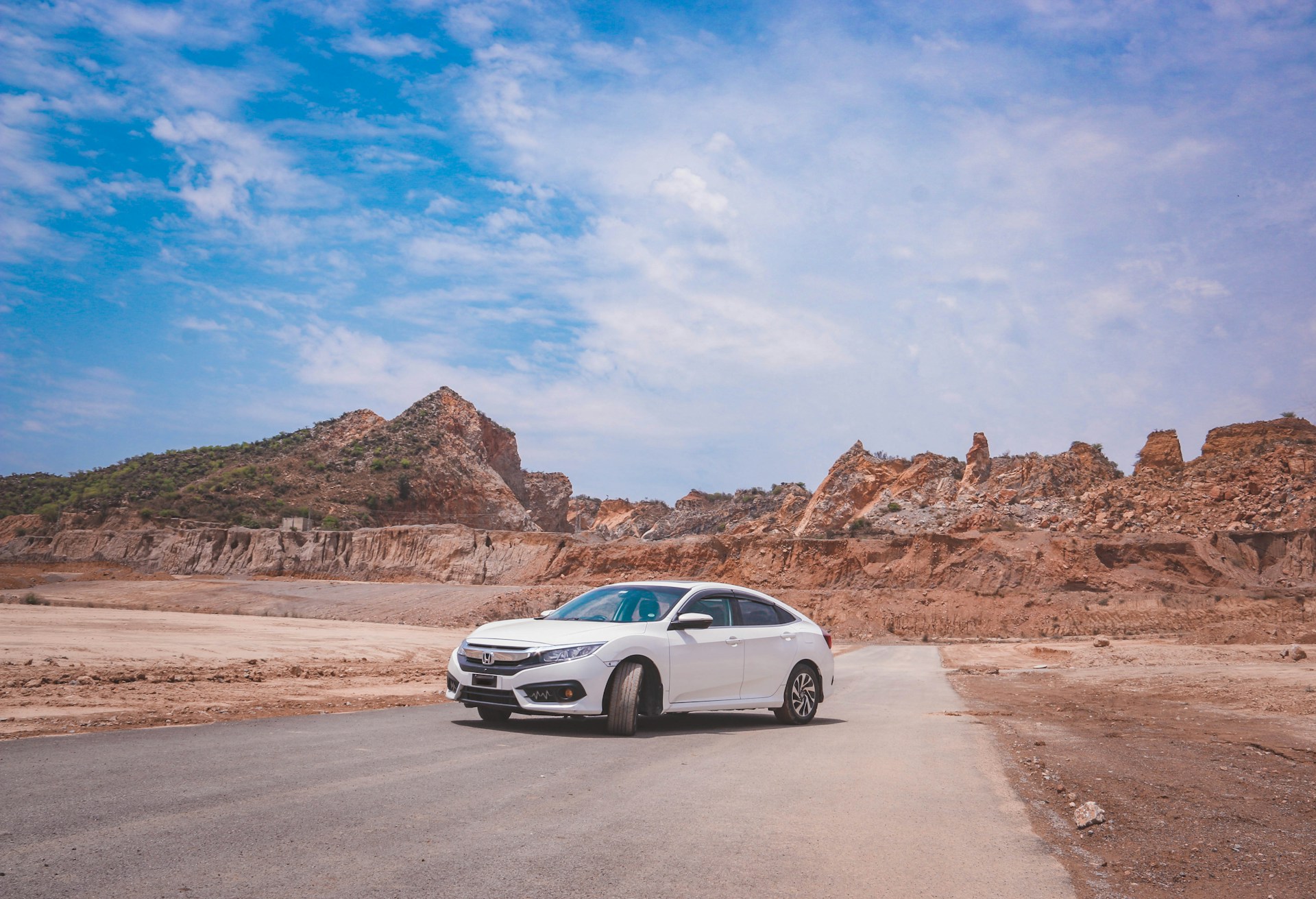The Honda Jazz, much like its musical namesake, continues to endure where others fade away. As many small cars are being phased out, Honda has chosen to update the Jazz, ensuring its place in the market amidst increasing competition. Starting at £29,085, the Jazz Crosstar combines practicality with a touch of ruggedness, aimed at maintaining its appeal to a broad audience.
Subtle Exterior Changes, Major Mechanical Updates
Honda has opted for an evolution rather than a revolution with the latest Jazz. The updates are focused primarily on the e:HEV hybrid powertrain, while exterior changes remain minimal. These include a redesigned front grille, reworked bumpers, and altered headlight surrounds. These tweaks apply to both the Crosstar variant, which has a slightly off-road-inspired look, and the standard Jazz range. Notably, Honda has also introduced a version with revised chassis settings, promising a sportier driving experience—an interesting proposition for a model better known for practicality than thrills.
Refined Hybrid Powertrain with a Boost in Power
At the heart of the updated Jazz is Honda’s innovative e:HEV hybrid system, combining two electric motors, a battery, and a 1.5-litre four-cylinder petrol engine paired with a variable-ratio transmission. This powertrain has seen significant improvements, boosting output from 108bhp to 120bhp. Despite the increase in power, official figures for fuel efficiency and emissions remain impressive, with the Crosstar still delivering 58.9mpg and CO₂ emissions of 109g/km. This is achieved through upgrades to both the electric motors and the internal combustion engine.
The Jazz’s acceleration might surprise those accustomed to its older iterations or its typical buyer demographic. It feels brisk and responsive whether pulling away from a standstill or overtaking, providing a driving experience more aligned with an electric vehicle. This is due to its ability to operate as an EV at low speeds, with the petrol engine acting as a generator in hybrid mode. On motorways, the engine drives the wheels directly but still works in tandem with the electric motors when needed. Impressively, the Jazz can even switch to EV mode at speeds above 50mph under certain conditions.
Seamless Driving Experience
While the hybrid system might sound complex, its operation is impressively intuitive. Drivers don’t need to adjust their habits or select modes—the car automatically chooses the most efficient setup. The transition between modes is so smooth that, unless you check the digital display, you might not notice the change. Honda’s claim of a “seamless” system feels entirely justified, with no intrusive engine noise even during heavy acceleration.
The real-world fuel economy is equally commendable. During a mixed-roads test route that included some spirited driving, the Jazz achieved 56mpg. While this is slightly less than the Toyota Yaris hybrid’s claimed 68.9mpg, it remains competitive and a significant improvement over many traditional superminis.
Ride and Comfort: A Mixed Bag
In terms of ride quality, the Jazz strikes a balance between firmness and comfort. The Crosstar variant, sitting 37mm higher due to increased suspension travel, handles well and remains composed through corners. However, the ride can feel firm over uneven surfaces, with road imperfections occasionally making themselves too noticeable. While not harsh, it lacks the sophistication found in some rivals.
Verdict
The 2023 Honda Jazz Crosstar retains its reputation for efficiency and practicality while adding a welcome boost in performance. Its hybrid system is a highlight, delivering impressive fuel economy and a refined driving experience. Although it may not match the Toyota Yaris hybrid in outright efficiency, the Jazz offers a more spacious and versatile package, particularly in the Crosstar guise.
For those seeking a reliable, efficient, and slightly rugged small car, the Jazz Crosstar remains a strong contender. It proves that even in an era of sweeping changes in the automotive world, some classics can still evolve and thrive.
